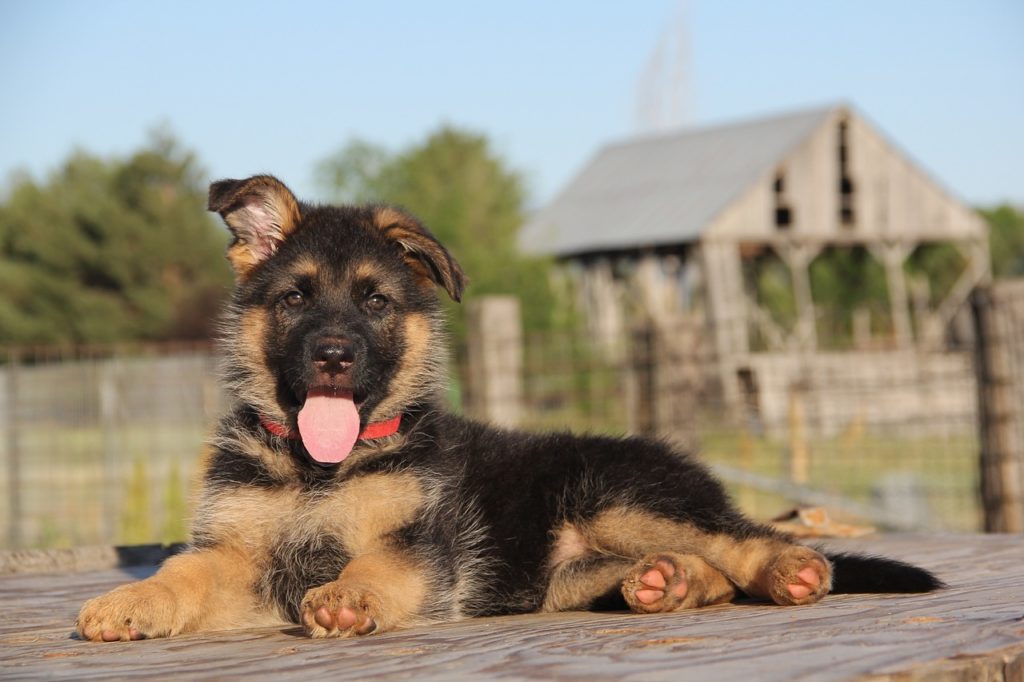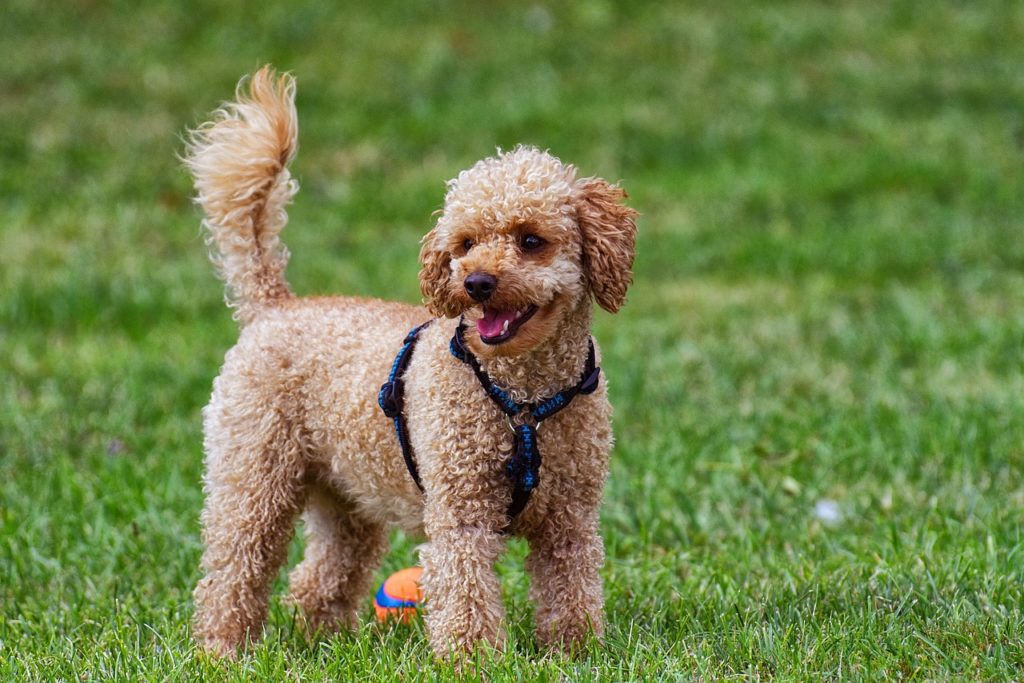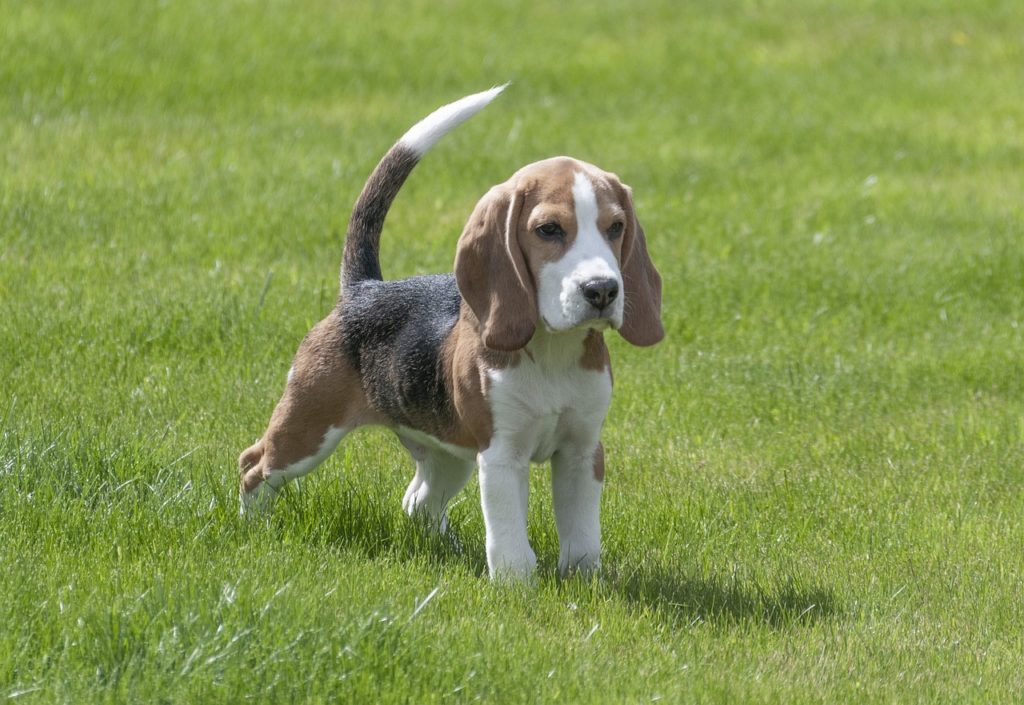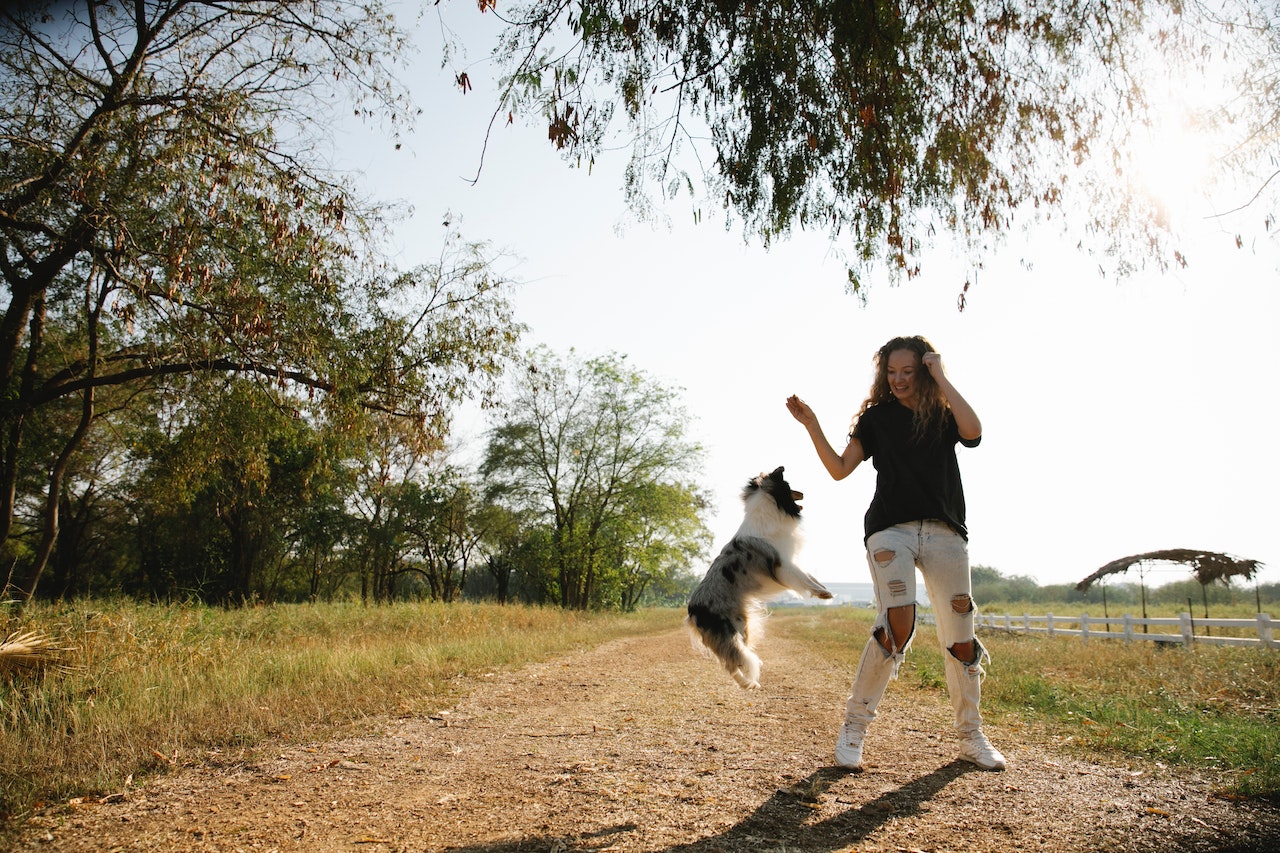Selecting the right breed of dog for your family and lifestyle is a crucial decision that requires thoughtful consideration. With over 300 dog breeds to choose from, finding the perfect fit can be overwhelming. This comprehensive guide will help you navigate through the various factors to consider when selecting the ideal breed, such as temperament, size, exercise needs, and more.
Lifestyle Considerations
Before delving into specific breeds, it is essential to reflect on your lifestyle and how a dog will fit into it. Some crucial factors to consider include:
- Living Space – The size of your home, whether it be a spacious house or a cozy apartment, can influence the most suitable dog breed. Additionally, access to outdoor spaces such as a yard or nearby parks is essential for certain breeds.
- Activity Level – The amount of exercise you can provide daily is a key consideration. Some breeds require more physical activity, while others are content with a short walk or indoor playtime.
- Time Commitment – Owning a dog demands time and attention. It is vital to choose a breed that fits your schedule and commitments, such as work and social life.
- Experience Level – If you are a first-time dog owner, selecting a breed known for its trainability and easygoing nature may be beneficial.
- Family and Other Pets – If you have children or other pets, selecting a breed that is known for being friendly and adaptable to various household dynamics is essential.
Size Categories
Dog breeds are often categorized into four size groups: small, medium, large, and giant. The size of a dog can influence factors such as exercise requirements, grooming needs, and space considerations.
- Small Breeds – These dogs typically weigh under 22 pounds (10 kg) and are suitable for smaller living spaces or apartment living. Examples include Chihuahuas, Pugs, and Yorkshire Terriers.
- Medium Breeds – Weighing between 22-66 pounds (10-30 kg), these dogs are adaptable to various living situations. Examples include Border Collies, Bulldogs, and Cocker Spaniels.
- Large Breeds – Large dogs weigh between 66-110 pounds (30-50 kg) and generally require more living space and exercise. Examples include Golden Retrievers, Labrador Retrievers, and Rottweilers.
- Giant Breeds – These colossal canines typically weigh over 110 pounds (50 kg) and may have special requirements due to their size. Examples include Great Danes, Saint Bernards, and Irish Wolfhounds.
Breed Categories
Dog breeds are grouped into categories based on their historical purpose or physical characteristics. These categories can provide insight into the temperament, exercise needs, and maintenance requirements of a specific breed.
- Sporting Dogs – Sporting breeds like Retrievers, Setters, and Spaniels are typically energetic, intelligent, and easy to train. They require regular exercise and mental stimulation.
- Hound Dogs – Hounds like Beagles, Greyhounds, and Dachshunds are known for their keen senses and strong instincts. They can be independent-minded and may require a patient owner for training.
- Working Dogs – These breeds, including Boxers, Doberman Pinschers, and Great Danes, are highly intelligent and protective. They need regular exercise and a confident owner for training.
- Terrier Dogs – Terriers like Airedales, Jack Russell Terriers, and West Highland White Terriers are energetic, feisty, and may require more time for training due to their stubborn nature.
- Toy Dogs – Toy breeds like Chihuahuas, Pomeranians, and Pugs are small, affectionate, and make great companion animals. They are well-suited for apartment living and require less exercise compared to larger breeds.
- Non-Sporting Dogs – This diverse group includes breeds like Bulldogs, Dalmatians, and Poodles. They have varying exercise and grooming requirements, making it essential to research individual breeds within this category.
- Herding Dogs – Herding breeds like Border Collies, German Shepherds, and Australian Shepherds are highly intelligent, agile, and require regular exercise and mental stimulation. They thrive in active households with room to roam.
Breed Recommendations Based on Lifestyle
Here are some breed recommendations tailored to specific lifestyles and preferences:
- Apartment Living – Consider small to medium-sized breeds with lower exercise requirements, such as French Bulldogs, Cavalier King Charles Spaniels, or Greyhounds.
- Families with Children – Opt for breeds known for their gentle, friendly nature, such as Golden Retrievers, Labrador Retrievers, or Beagles.
- Active Households – High-energy breeds that thrive on regular exercise and outdoor activities, like Border Collies, Vizslas, or Siberian Huskies, may be suitable.
- Allergy Sufferers – Hypoallergenic breeds like Poodles, Bichon Frises, or Malteses may be ideal for those with allergies or sensitivities to pet dander.
- First-Time Dog Owners – Breeds known for their trainability and easygoing nature, such as Labrador Retrievers, Boxers, or Shetland Sheepdogs, are excellent choices.
- Seniors – Consider low-energy, easy-to-manage breeds like Pugs, Shih Tzus, or Lhasa Apsos for senior companionship.
Grooming and Maintenance Requirements
Some dog breeds require more grooming and maintenance than others. Shedding frequency, coat type, and potential health issues should be considered when selecting a breed. For example:
- Low Shedding – Breeds like Poodles, Malteses, or Yorkshire Terriers require regular grooming but shed minimally.
- High Shedding – Breeds like Siberian Huskies, Golden Retrievers, or German Shepherds shed heavily and may require more frequent grooming.
- Health Considerations – Some breeds are predisposed to specific health issues, like hip dysplasia in German Shepherds or breathing difficulties in Bulldogs. It is crucial to research potential health concerns and budget for veterinary care.
Popular Breeds to Consider
1. Labrador Retriever: One of the most popular breeds, the Labrador Retriever is friendly, loyal, and great with kids. They are also very intelligent and easy to train.

2. German Shepherd: German Shepherds are intelligent, loyal, and protective, making them great guard dogs. They require lots of exercise and stimulation, so they are ideal for active families.

3. Golden Retriever: Golden Retrievers are friendly, loyal, and great with kids. They are also easy to train and have a laid-back temperament.

4. Poodle: Poodles are hypoallergenic and come in a variety of sizes. They are intelligent, easy to train, and make great family pets.

5. Bulldog: Bulldogs are friendly, loyal, and great with kids. They have a laid-back temperament and don’t require as much exercise as some other breeds.

6. Beagle: Beagles are friendly, intelligent, and great with kids. They are also easy to train and have a laid-back temperament.

Conclusion
Choosing the right dog breed involves evaluating various factors, such as lifestyle, living space, and personal preferences. By taking the time to research and consider your specific needs, you can find a breed that will become the perfect companion and cherished family member for years to come. Remember, adopting from a shelter or rescue organization can provide you with invaluable insights into a dog’s personality, making the decision process even more personalized and rewarding. Happy searching!



